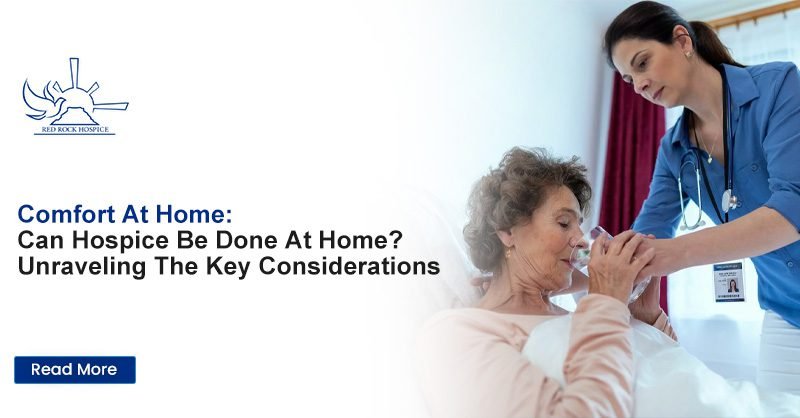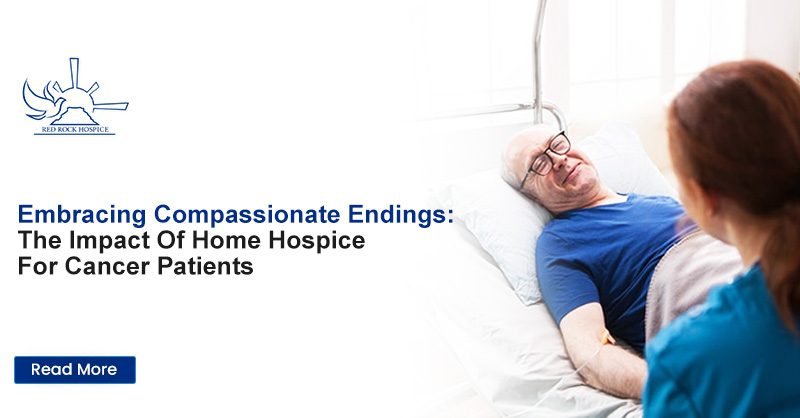You want your loved ones to lead healthy, happy, and comfortable lives as a family. However, things do not always go as per our wishes. Seeing a family member suffer from an illness or on their deathbed can be painful and traumatic for the rest of the member
Even though you cannot do much to make your loved ones live longer with chronic illnesses, you can ensure they live a comfortable life ahead. Providing treatment through end-of-life care can help the patient retain their comfort and dignity while continuing their treatment away from the strict hospital environment.
In today’s article, we will discuss all the possible options and basics of end-of-life care for patients to live comfortably through their disease. If you want to learn the best treatment option for your loved ones, read this post until the end.
What is End of Life Care?
Even though the primary aspect of any chronic illness is getting the patient medical treatment, other parameters must be considered for the person’s well-being. End-of-life care provides medical treatment and physical, emotional, spiritual, and social support.
The patient must have a familiar environment where they feel safe and respected. Most patients admitted for end-of-life care have to deal with low self-esteem due to their inability to live an everyday life anymore.
Nevertheless, patients with limited time or who are bedridden must be treated with utmost care and affection. This is because the person’s mental health plays a significant role in responding to the medication and treatments.
Types of end of life care?
Now that you understand what end of life care is, let us look at its types. Learning about the kind of end of life care will help you determine the best treatment option for your loved ones.
1. Physical Comfort And Therapies
A patient battling a chronic illness struggles with a lot of physical discomfort. A professional healthcare provider can help the person deal with the physical symptoms that tag along with the disease by providing the ideal treatments, therapies, and care.
The patient must get treatment for physical discomfort as it might come with a lot of suffering. Most of these symptoms are not treated in hospitals as they need more logistics and resources for special patient care.
Physical Discomfort and Symptoms That Are Supported by End-of-Life Care
-
- Breathing issues
-
- Pain
-
- Tiredness or fatigue
-
- Skin sensitivity and irritation
-
- Digestive issues
2. Emotional Support
As a family member, you might go through a challenging phase where your mental health is concerned when a close one falls ill. However, have you ever wondered what the patient’s mental state is like when they know how little time they are left?
Most patients suffering from chronic illness or bed rest deal with many complex and dark emotions daily. And even though physical therapies and medicinal treatment are helping their condition, a significant role is played by the mental and emotional health of the patient.
For the medications and treatments to show a positive result on the health or condition of the patient, they must have a positive mindset.
When The patient undergoes end of life care, the team of professionals also includes mental health experts. These include psychiatrists and psychologists who help boost the patient’s optimistic spirit and keep the hope of survival alive.
End of Life Care Therapies For Good Emotional And Mental Health
-
- Physical touch or contact
-
- Comforting atmosphere
-
- Music therapy
-
- Try involving the patient by asking about their opinion and needs
-
- Communication
-
- Regular meets or visits
3. Social Needs
Another essential aspect of treating a dying person is the need to socialize. Humans are social animals and need frequent interaction with other beings to live a healthy lifestyle. In addition, socializing with people realizes positive hormones and boosts the patient’s confidence.
Nevertheless, this aspect of the treatment only applies to patients who can still move around, listen, and talk with others. Even if the patient is partially conscious and can only listen, their friends and family must maintain contact with them.
4. Spiritual Support For Patients And Their Families.
The spiritual needs of patients can vary from person to person. While some might need to address some unresolved issues, others might be searching for meaning in their life. Managing a person’s inner feelings and insecurities is essential to their peace.
Some people might need to solace their faith due to all the stress and side effects of their chronic illness. Most patients seeking end-of-life care carry heaviness inside them, interfering with their harmony.
End of life care options for such patients helps them be in touch with their close ones and interact with them for an extended daily duration. Family and friends can reassure them about their life and the impact they made on others.
Available End of Life Options
While we have discussed the types included in end-of-life care, we will now move to the available option.
1. End of Life Care at Hospice
Patients may not prefer to stay in the strict and disciplined atmosphere of the hospital. Since hospitals have specific voting hours for patients and other rules, patients often do not feel comfortable there.
Nevertheless, patients who only have a life span of 6 months or less can opt for hospice care. Moreover, patients who are bedridden and require assistance to perform their daily activities can also seek hospice care to ensure a more comfortable environment.
Most hospice cares have everything arranged for the patient, from doctors to nurses to other treatments included in their medical report. The main aim of hospice care is to provide a holistic and comfortable end-of-life care experience to patients diagnosed with an incurable illnesses.
2. End of Life Care at Home
For patients who wish to spend their final days in their homes, hospice can also be arranged in a preferred setting. However, you must seek a doctor’s and other hospice professionals’ approval to avail of this end-of-life care option.
Since some patients require a specific regime and therapies for their treatment daily, it might not be feasible for healthcare professionals to arrange it at home. In such a situation, the patient will be shifted to a hospice setting where the overall treatment will be done.
3. End of Life Hospital Care
In a hospital, the doctors, nurses,s and other healthcare staff take the patient’s care. Even though most of the treatment is done by in-house people, the hospital will call a specialist to do their job if there is a particular requirement.
This type of care is known as palliative care. In palliative care, the hospital staff will guide and treat patients depending on their symptoms and illness. Symptoms control and pain management are the primary focus in end-of-life care.
Get Help Today!
It is always better to rely on experts when a family member’s life is at risk. Exploring end-of-life care options for your loved ones can be emotionally drenching and overwhelming in many ways.
So in such crucial times, you must seek the support of a healthcare team that understands your situation and helps you develop the best possible solution for your family and the patient.
If you are looking for options and cannot determine which end-of-life care option is best for your loved ones, contact Red Rock ,hospice care.








